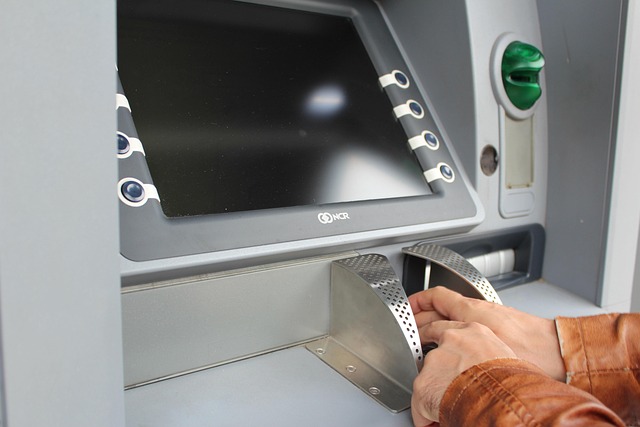Texas title loan storefront locations vary greatly between urban centers like Houston and Austin, with more branches and diverse borrowers, and rural areas with fewer stores but personalized services. Mapping these locations offers strategic insights for lenders to analyze market reach, identify underserved areas, and understand neighborhood demographics, guiding decisions on loan products without relying heavily on credit checks. These stores provide financial liquidity and support small businesses but require regulatory oversight to prevent high-interest debt trapping.
“In the diverse landscape of Texas, understanding the distribution and impact of title loan storefronts is crucial. This article delves into a comparative analysis of these physical locations across different regions. By mapping and evaluating their availability, we uncover insights into how these stores serve – or may lack support – local communities. We explore factors influencing access to short-term financial services, shedding light on the geographic disparities within Texas’ title loan market.”
- Analyzing Texas Title Loan Storefronts by Region
- Mapping Physical Locations for Comparison
- Evaluating Local Availability and Community Impact
Analyzing Texas Title Loan Storefronts by Region

When comparing Texas title loan storefront locations by region, it’s fascinating to observe how accessibility and availability differ across diverse areas. The state’s vastness presents a unique challenge and opportunity for lenders, as each region offers its own demographic makeup and economic landscape. Urban centers like Houston and Austin boast higher population densities, translating to more physical locations and potentially easier access to borrowers. These metropolitan areas often attract a wide range of consumers, including both locals and visitors seeking quick financial solutions, such as loan payoff options or debt consolidation services.
In contrast, rural regions in Texas present a different scenario. Here, fewer storefronts mean increased competition for customers. However, these areas may offer unique advantages, like personalized interactions and tailored repayment options to suit the specific needs of borrowers. Understanding these regional variations is key to gauging the effectiveness of title loan services and how they cater to the diverse financial requirements of Texas residents.
Mapping Physical Locations for Comparison

When comparing Texas title loan storefront locations within a region, mapping physical addresses becomes a strategic tool. This visual representation allows for an in-depth analysis of store distribution and accessibility. By plotting each location on a digital map, lenders’ proximity to potential customers becomes evident, offering insights into market reach. Moreover, this method facilitates the identification of underserved areas or clusters of high concentration, guiding strategic decisions for branch expansion or targeted marketing campaigns.
Mapping also enables a comparative study of neighborhood demographics and economic indicators around each store. Factors like population density, average income levels, and local unemployment rates can be overlaid on the map, providing context for understanding the demand for short-term loan products, such as car title loans, and facilitating informed decisions regarding debt consolidation services without relying heavily on a credit check.
Evaluating Local Availability and Community Impact

When comparing Texas title loan storefront locations, evaluating local availability is a crucial step. The density and distribution of these stores can significantly impact communities, particularly those with limited financial services access. In regions where traditional banking options are scarce, having multiple Texas title loan storefronts can provide much-needed liquidity for residents facing emergency expenses or seeking short-term funding. This accessibility ensures that individuals in need have a nearby resource for quick loan approvals, even if they have bad credit.
Community impact goes beyond immediate financial relief. Local title loan stores often become integral parts of the community they serve. They can facilitate economic growth by enabling small businesses to access capital and fostering entrepreneurship. However, it’s essential to strike a balance; while boat title loans and other high-interest lending practices may attract customers, regulatory oversight is necessary to protect vulnerable populations from falling into debt traps.
By comparing Texas title loan storefront locations across different regions, we’ve highlighted variations in physical availability and community impact. Mapping these stores has provided valuable insights into where these services are most concentrated and accessible. This analysis underscores the importance of local availability in meeting the short-term financial needs of Texans. Further research could explore how these regional trends influence the overall accessibility and regulatory landscape of Texas title loan storefronts.






